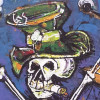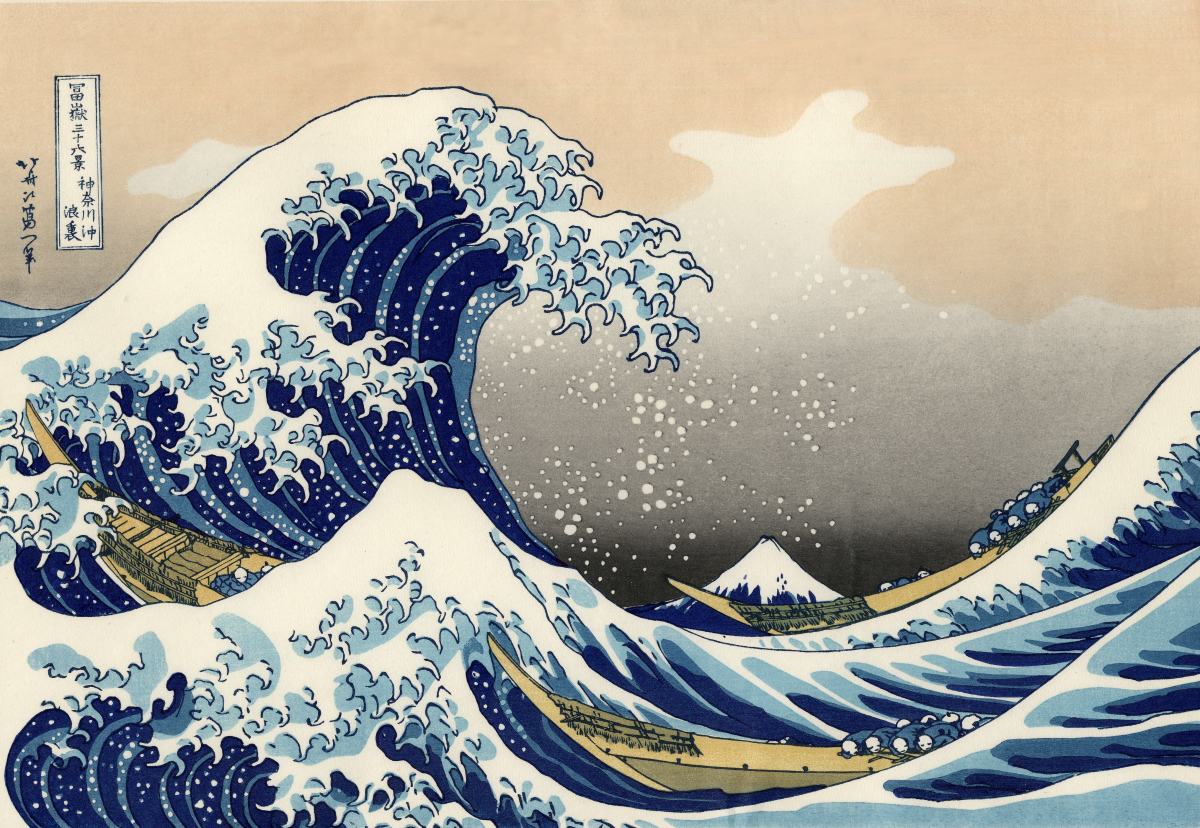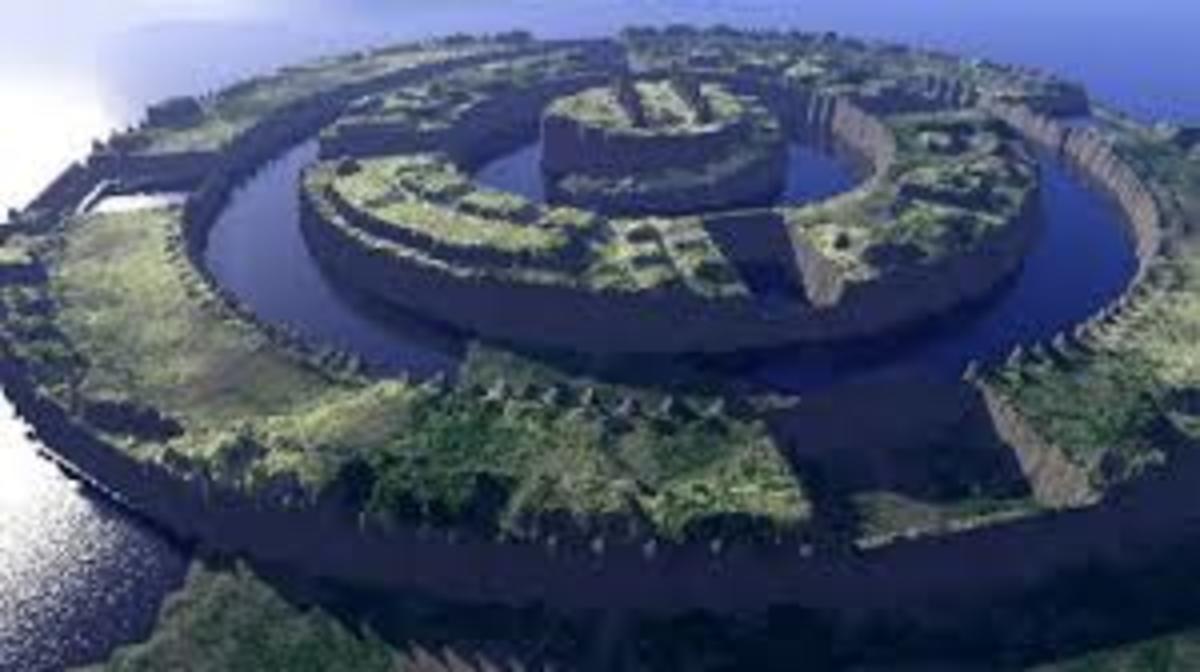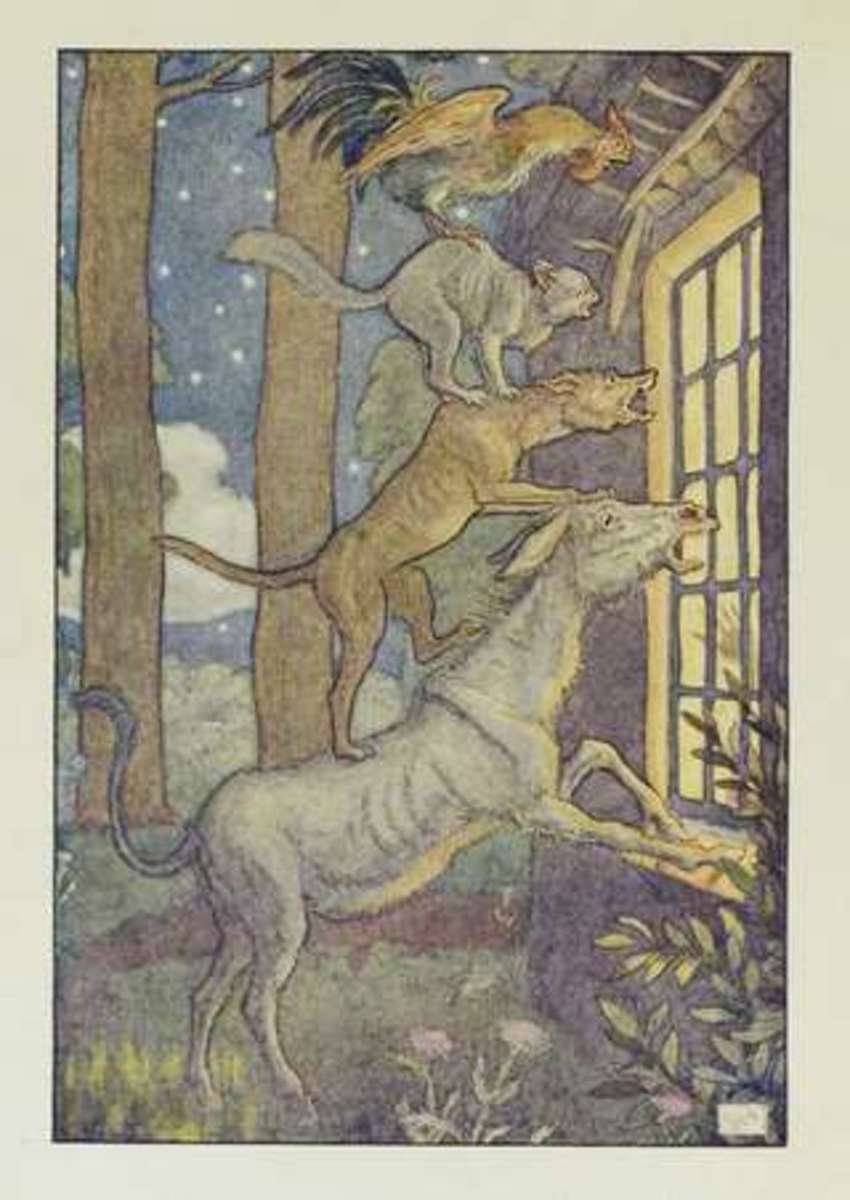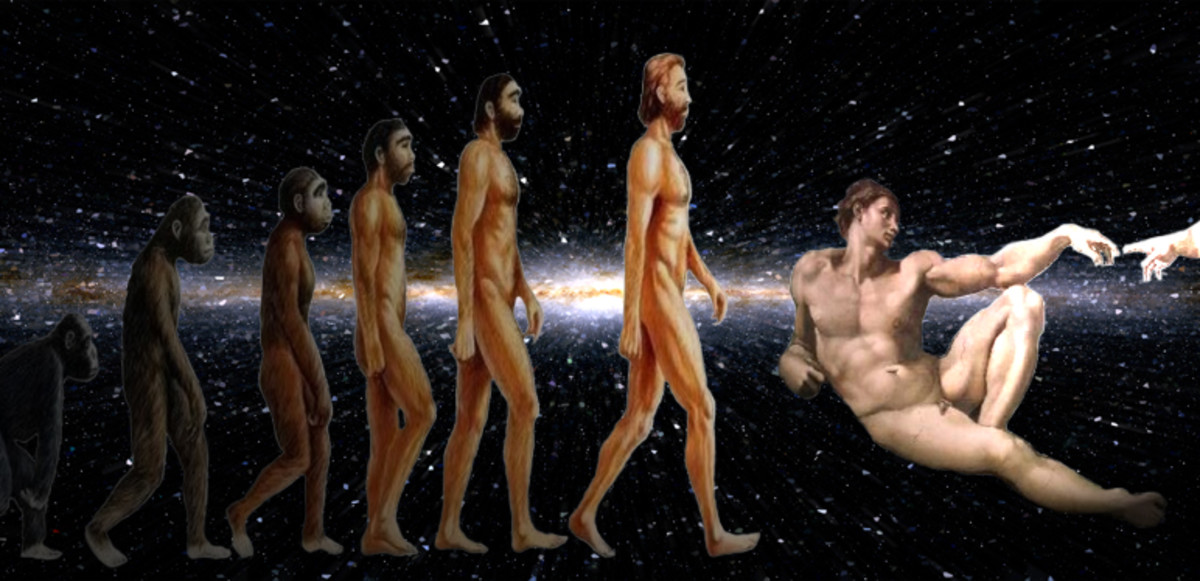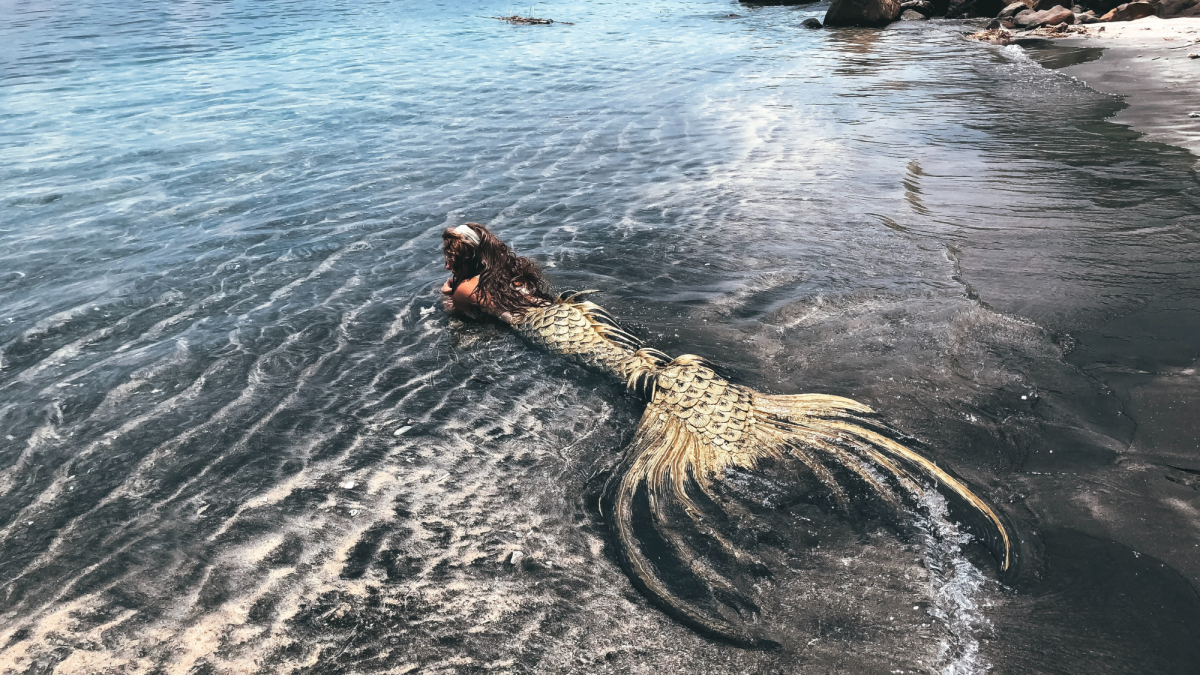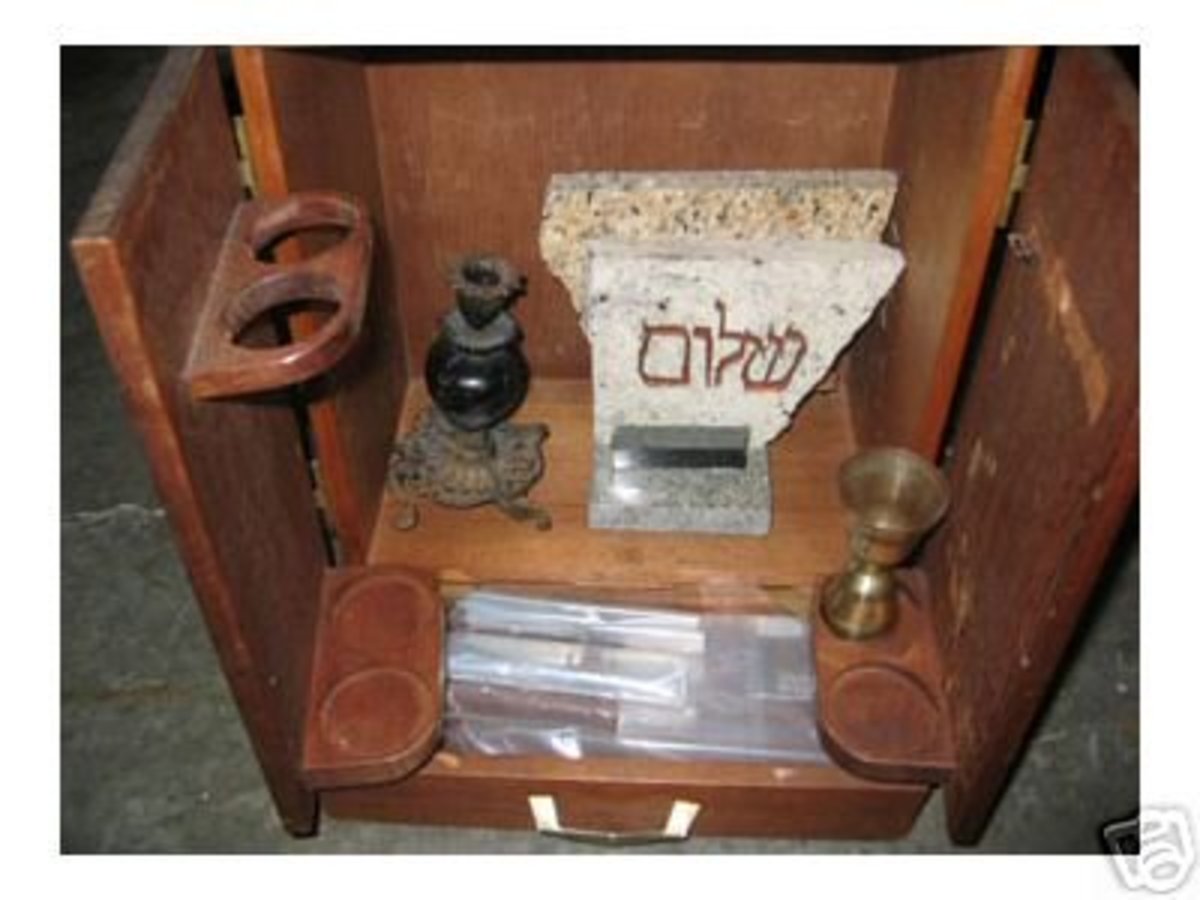Noah's Ark and The Great Flood: Divine Intervention or Myth?
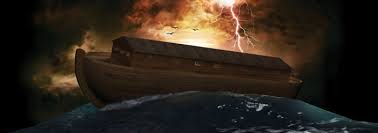
Disclaimer: This article is not meant to start a theological debate or offend anybodies beliefs. It is merely intended to examine the possibility of whether or not these events could have, or have happened. If anybody is offended, I sincerely apologize.
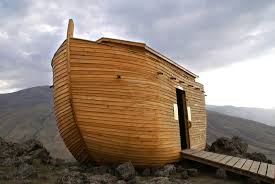
Everybody has heard the story of Noah, being directed by God, to build a vessel that would protect his family and himself, and one male and one female of every species of animal for the upcoming flood. At first glance, the story seems a bit impractical. Did Noah really build the ark by himself? How did he gather up all the animals? Is it even possible for the Earth to be totally submerged by water? Maybe this is just a story showing us that if you listen to God, you will be rewarded. On the other hand, it is hard to argue that a flood never engulfed Earth. Almost every ancient civilization has a story similar to that in the Bible. So while the theory of a great flood does hold some weight, is the story of Noah an actual historical event?
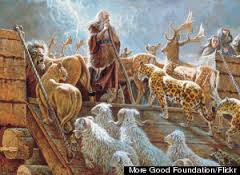
Different Religions, Similar Stories
Most, if not all, ancient civilizations have stories of an ancient flood. The story of a great flood is pretty similar across the board, with the details varying depending on the civilization. Below are just three variations.
Rabbinic Judaism
Talmudic tractates Sanhedrin, Avodah Zarah and Zevahim relate that Noah attempted to warn his neighbors of the coming flood, but he was ignored and mocked for building the ark. God protected Noah and his family by placing lions and other ferocious animals around them to guard from the wicked who tried to stop Noah from building the Ark. According to one Midrash, it was either God or angels who gathered the animals and their food.
According to Sanhedrin 108B, Noah did not sleep for the entire year aboard the ark because we was feeding and caring for the animals both day and night. The animals were the best of their species and behaved with the utmost goodness. None of the animals procreated while on the Ark, so the number that got on was the number that disembarked. The raven created problems, refusing to leave the Ark when Noah sent it to search for land, accusing Noah of wishing to destroy its race. The commentators pointed out, God wished to save the raven because its descendants were destined to feed the prophet Elijah.
One tradition claims that refuse was stored on the lowest of the ark’s three decks, humans and clean beasts were on the second, and the unclean animals and birds were on the top. A differing interpretation claims that the refuse was stored on the utmost deck so that it could be shoveled into the sea through a trapdoor. Precious stones, said to be as bright as the noon sun, provided light, and God ensured that the food remained fresh. In the 12th century, Jewish commentator Abraham ibn Ezra came up with an unorthodox interpretation, claiming that the ark remained underwater for 40 days and then floated to the surface.
Christianity
The ark narrative plays an important role in early Christian doctrine. Saint Hippolytus of Rome tried to demonstrate that the ark was a symbol of the Christ who was expected, stating that the vessel had its door on the east; which was the direction from which Christ appeared at the Second Coming. He also claims that the bones of Adam were brought aboard along with gold, frankincense and myrrh (the symbols of the Nativity of Christ). Furthermore, Hippolytus stated that the ark floated to and fro in the four directions on the water, making the sign of the cross. Afterwards, the ark landed on Mount Kardu in the east, in the land of the sons of Raban. The Orientals call it Mount Godash; the Armenians call it Ararat. Hippolytus also explains that the lowest deck was for wild beasts, the middle for birds and domestic animals, and the top level was for humans. He also claims that male animals were separated from the females by sharp stakes so that there would be no breeding on board.
Noah sent out a raven and when it did not return, he sent out a dove with an olive branch, which came to symbolize the Holy Spirit and the hope of salvation, and eventually peace. The olive branch remains a symbol of peace today.
The original thought was that the ark was a pyramid. The idea of it being a rectangular box with a sloping roof was presented until the 12th century. Early Christian artists depicted Noah standing in a small box on the waves, symbolizing God saving the Christian Church during its turbulent early years.
Islam
In contrast to the Jewish tradition, which uses a term translated to be a box or chest, surah 29:15 of the Quran refers to it as a safina. A safina is an ordinary ship, which is described in surah 54:13 as a thing of boards and nails. A contemporary of Muhammad wrote the Noah was in doubt as to what shape to make the ark, and that Allah revealed to him that it was to be shaped like a bird’s belly and fashioned with teak wood.
The first of the three levels housed wild and domesticated animals, the second housed humans, and the third housed the birds. A prophet’s name was written on every plank. The body of Adam was carried in the middle to divide the men from the women.
Noah spent five or six months aboard the ark and then he sent out a raven. The raven stopped to feast on carrion so Noah cursed it and sent out the dove, which has been known as the friend of humanity. It is also written that Allah commanded the Earth to absorb the water, and the certain portions which were slow received salt water in punishment and became dry and arid. Surah 11:44 claims that the ark’s final resting place is Mount Judi, which is near the town of Jazirat ibn Umar on the east bank of the Tigris in the province of Mosul in northern Iraq.

The Ark Itself
It is still unclear as to what the ark looked like. Some believe in looked like a regular ship; others believe it was a rectangle. A recently discovered Babylonian tablet depicts a blueprint for a round-shaped ark. Even the size of the ark is still up for debate. What is known is very little. The ark was 300 cubits long, 50 wide and 30 high. A cubit is an ancient way of measuring based on the distance between the middle finger tip to the elbow bottom. Since everyone is different, we can’t get an exact measurement of the ark’s dimensions. Recent studies, using the measurements found in the Bible, claim that the ark could hold up to 77,000 animals, but estimates put around 16,000 animals on the vessel.
Did a Global Flood Actually Happen?
The scientific community hasn’t completely ruled out the possibility of a global flood. One of the questions they can’t seem to answer is where and when it happened. There are two theories out there right now; one suggesting the flood was around the area known now as the Black Sea. The other attributing to devastating floods to when a comet struck the Earth. One thing that a global flood has going for it, is that almost every ancient civilization has a story about it.
In the late 1990s, geologists William Ryan and Walter Pitman proposed that a flood in the Middle East resulted from rising water levels at the end of the last Ice Age, about 7000 years ago. At that time, the Black Sea was a freshwater lake, aiding the local farmlands that lay around it. As the European glaciers melted, the Mediterranean Sea overflowed into the Black Sea, thus, converting it into a saltwater lake while also flooding the surrounding area. An explorer named Robert Ballard, who was inspired by this theory, discovered supporting physical evidence. He found an underwater river valley and ancient shorelines, as well as, Stone Age structures and tools beneath the Black Sea.
Bruce Masse, an environmental archaeologist, hypothesizes that more comets and meteors have hit Earth throughout history than we realize. He believes that about 5,000 years ago, a 3 mile wide comet crashed into the ocean of the coast of what is now known as Madagascar. As a result, tsunamis and massive hurricanes spawned when the superheated water vapor and aerosol particulates got shot into the jet streams. This also created about a week of darkness because of the material expelled into the atmosphere.
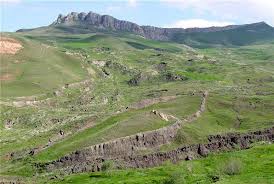
Searches for the Ark
While there have been many searches for the ark, there has never been any significant evidence to pinpoint the final resting place of the ark. Recently most historians and archaeologists have claimed that the Noah’s ark is just a red herring. Searches since the mid 20th century have been supported by evangelical, millenarian churches, along with the local farmers who are sustained by the ongoing searches.
One of the most popular sites that claim to be the site of the ark is near the Turkey and Iran border. In 1960 a Turkish army captain named Llhan Durupinar was examining aerial photographs of his country when he noticed and unusual shape. In the rough and rocky terrain, there was a smooth share that was larger than a football field. A lot of artifacts have been found at the site to suggest that this is where the ark landed, but scientists have been able to explain everything. To this day, it is still up for debate about whether this is the site or not.
The Conclusion
While there is a lot strong evidence for a flood, at the very least, one on a smaller scale but still affecting a civilization, the story of Noah is still up for debate. To be honest, it all depends on what you believe. Personally, I think there was a global flood but the story of survivors was exaggerated to explain why humans and animals are still here. Even if the Noah's Ark story is true, we will never find it.
Do you believe in the story of Noah's Ark and The Great Flood?
© 2015 Kingsniz
